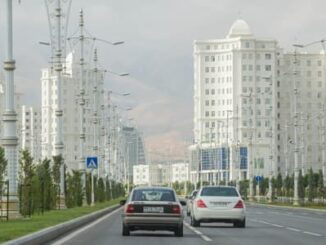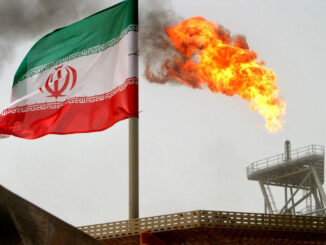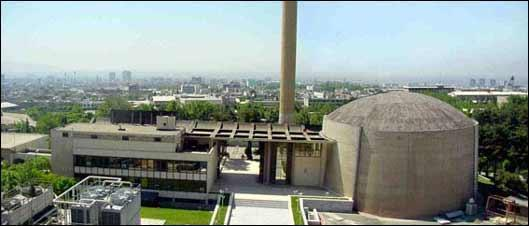
Iran’s nuclear program has a convoluted history that stretches back even further than you can probably imagine. In the time since its inception, there have been countless conflicts and disagreements. Some reinforced the ban on nuclear development. Others made strong cases for Iran to be free of sanctions. This article will attempt to analyze the history and future of Iran’s nuclear programs.
The Origins
In November of 1967 Iran’s first nuclear reactor went critical operating on uranium enriched to 93%. The United States supplied most of the materials for the 5-megawatt reactor, and the Tehran Research Reactor was born. While nuclear technology was still rather young and primarily only used in Russia, the potential downsides were well understood. World leaders worked together to establish a treaty known as the NPT, or the “Nuclear Nonproliferation Treaty” in order to work towards a future of peace and hopeful disarmament. While initially ineffective, the worldwide total hit a peak in the 80s before trending downward. Even so, there are more than enough nuclear weapons to guarantee worldwide destruction.
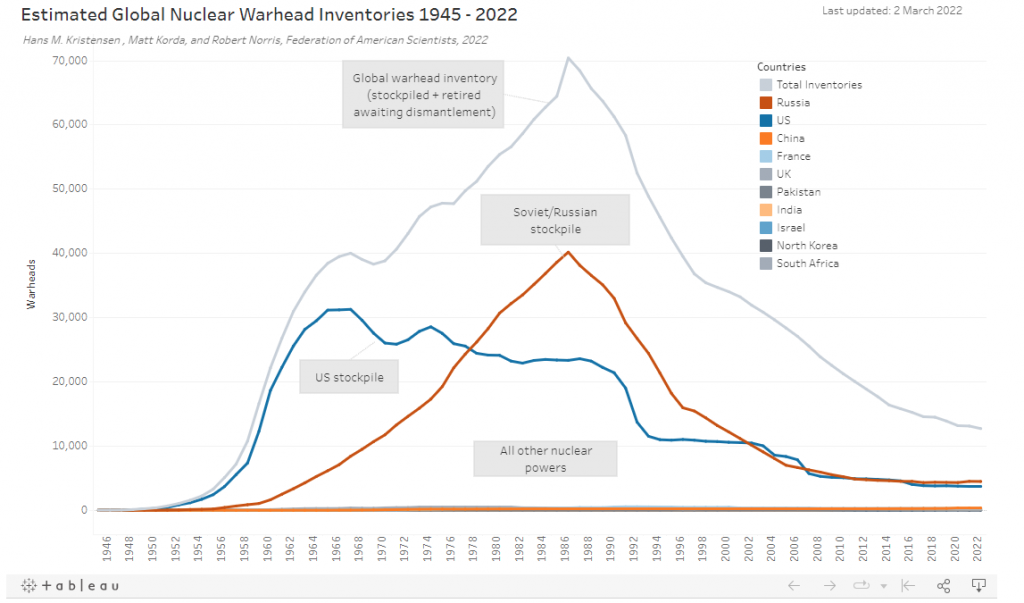
P5+1 and Iran
Eventually, disaster struck after a little more than a decade of no incidents revolving around Iran’s nuclear activity. In 1979 the Iranian revolution got to the point of seizing the US embassy in Tehran which severed US-Iranian ties. The US declared Iran as a sponsor of terrorism in 1984 and imposed sanctions. The relationship between the two was never really the same after that. What followed was decades of sanctions and acts that would dissuade the world from investing in Iranian energy.
In 2006 the P5+1 (5 permanent members of the US security council plus Germany) proposed a framework agreement to Iran offering them personal incentives to halt its enrichment program for an indefinite period of time. Iran initially rejected this agreement, and they spent the next 9 years framing a deal that Iran was willing to accept. The Joint Comprehensive Plan of Action was penned by all members in 2015. The JCPOA severely restricted all aspects of Iran’s nuclear program in exchange for massive sanction relief.
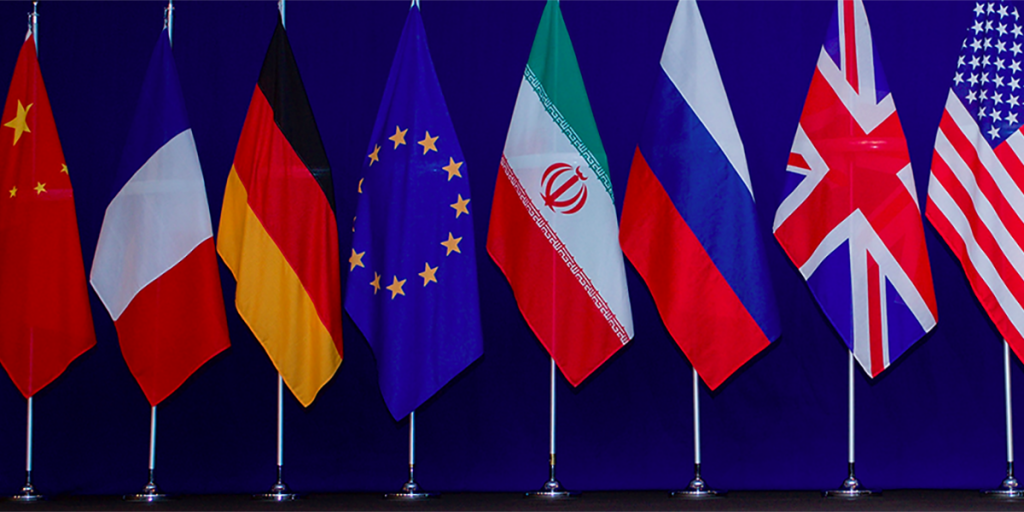
US Withdrawl
In May of 2018 US President Trump accused Iran of going against the spirit of the deal and even went as far as calling the agreement horrible. He claimed the US would “work with our allies to find a real, comprehensive, and lasting solution” to prevent Iran from developing nuclear arms.” While regulatory bodies maintain Iran had been in full compliance, the US ignored these claims and reinstated severe sanctions, likely motivated by other unstated political ideas. Iran threatened to stop complying unless protected by US sanctions, but nobody stepped to their aid. From there Iran boosted the amount of nuclear infrastructure (centrifuges specifically) through 2019 and began to enrich uranium further than it was previously allowed.
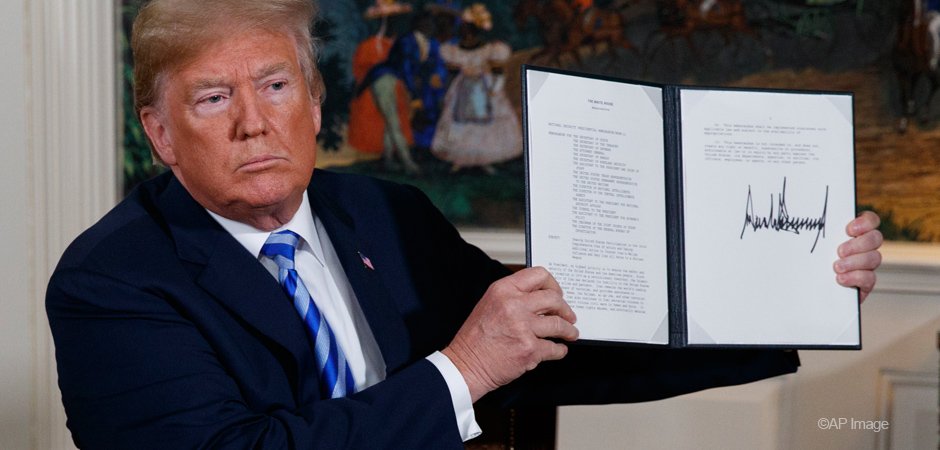
What happens next?
At this point, Iran is still under the watchful eye of JCPOA despite its minor infractions. Current negotiations and inspections are underway in order to renegotiate or completely free Iran from international oversight. The United States does not want to see this happen as the Biden administration made it clear the war in Ukraine would benefit Iran’s pocketbook. The US would much rather keep these sanctions on Iran, but now Russia demands protection for its economic relations with Iran causing the negotiations to move nowhere fast. Russia’s conflict may force the world’s hand on Iran’s nuclear deliverables.
Source: rarepetro.com

